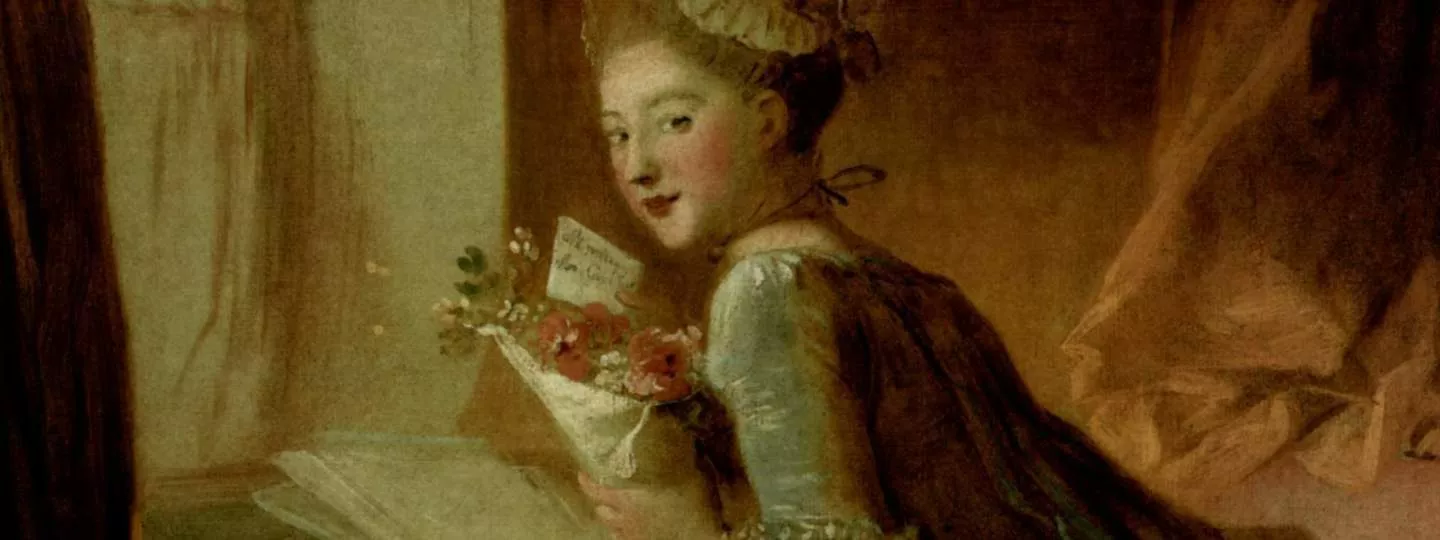
Mary Barber
Mary Barber (c.1685– C.1755), poet, was a member of Swift’s circle.
Mary Barber (c.1685– C.1755), poet, was a member of Swift’s circle.
Life
Mary’s parents are not known. She married the amateur artist and draper, Rupert Barber (1719-1772) from Dublin, whose pastel portrait of Swift hangs in the National Portrait Gallery London. They had nine children, four of whom survived to adulthood. She wrote, in the preface to her Poems, that she wrote mainly in order to educate her children, but most commentators agree that she had a larger audience in view and was considerably engaged with intervening in wider social and political issues, as she did with “The Widow’s Address” when she argued on behalf of the widow of an army officer. She is an example of the eighteenth-century phenomenon of the “untutored poet, or 'natural genius’”: an artist of unprepossessing background who achieved the patronage of literary or aristocratic notables. Swift named her as part of his “triumfeminate,” along with poet and scholar Constantia Grierson and literary critic Elizabeth Sican, and maintained that she was a preeminent poet—"the best Poetess of both Kingdoms"—though this assessment was not universally shared and she has only recently garnered much critical attention. She moved into his circle and knew Laetitia Pilkington, who later became her harshest critic, Mary Delany, and poets Thomas Tickell, and Elizabeth Rowe. Swift’s patronage was a substantial support to Barber’s career and her Poems on several occasions (1734) was successful. The subscription list for the volume was almost “without precedent for its resplendent length and illustrious contents, and it was moreover remarkable given Barber’s otherwise pedestrian social standing as an ailing Irish housewife.” There were over nine hundred subscribers including various aristocrats and a number of literary luminaries, notably Pope, Arbuthnot, Gay, Walpole, and of course Swift himself. She did not, however, achieve financial stability until at her request and in order to alleviate her financial distress, Swift gave her the English rights to his Complete Collection of Genteel and Ingenious Conversation (1738). Her health declined after the publication of her Poems and subsequent writing was sparse. She did publish some verses about the gout, from which she suffered for over two decades, in the Gentleman’s Magazine in 1737. She died in or around 1755.
Works
“The Widow’s Address” (Dublin, 1725)
“A Tale Being an Addition to Mr. Gay’s Fables” (Dublin, 1728)
Tunbrigialia, or, Tunbridge Miscellanies, for the Year 1730 (contributor).
Poems on several occasions (sold by subscription, printed by Samuel Richardson, 1734. 2nd ed. 1735; reissued 1736).
Poems by Eminent Ladies (contributor, 1755).
Resources
Coleborne, Bryan. “Barber, Mary (c.1685–1755).” Oxford Dictionary of National Biography. Ed. H. C. G. Matthew and Brian Harrison. Oxford: OUP, 2004. 1 Apr. 2007.
Fanning, Christopher. “The Voices of the Dependent Poet: the case of Mary Barber.” Women’s Writing 8.1 (2001): 81-97.
Lonsdale, Roger ed. “Mary Barber.” Eighteenth-Century Women Poets. New York: Oxford University Press, 1989. 118-129.


